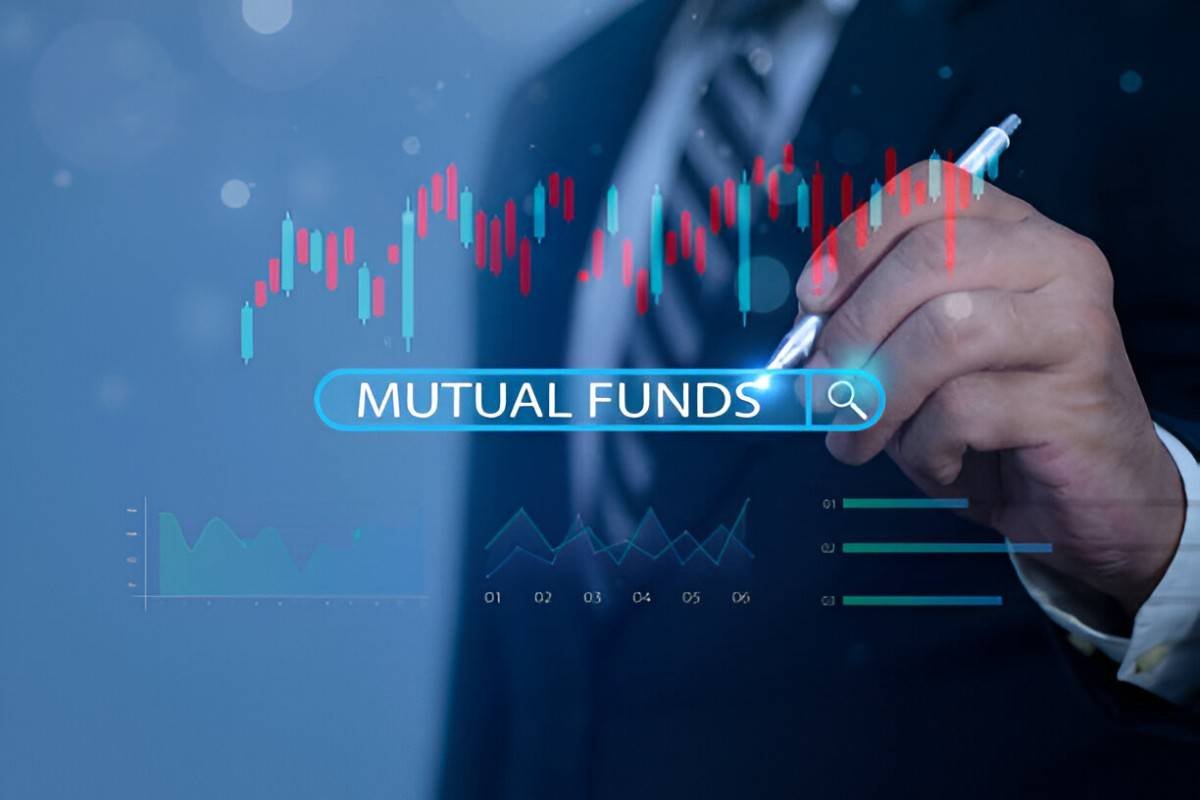Introduction
For years, actively managed mutual funds faced criticism for high fees that often failed to justify their performance. But a shift is happening. Expense ratios are declining, and investors now pay less for active management than ever before. As someone who has tracked fund costs for over a decade, I see this as a pivotal moment—one that demands a closer look at why fees are falling and whether cheaper active funds can compete with passive alternatives.
Table of Contents
The Decline in Active Fund Fees: Key Data
Before diving into the “why,” let’s establish the “how much.” The numbers tell a clear story:
Table 1: Average Expense Ratios of Actively Managed Mutual Funds (2010–2023)
| Year | Equity Funds (%) | Bond Funds (%) |
|---|---|---|
| 2010 | 0.92 | 0.72 |
| 2015 | 0.82 | 0.63 |
| 2020 | 0.68 | 0.52 |
| 2023 | 0.62 | 0.48 |
Source: Investment Company Institute (ICI), Morningstar
The trend is undeniable. Over the past decade, the average expense ratio for actively managed equity funds dropped by 33%, while bond fund fees fell even further. But why?
Why Active Funds Are Getting Cheaper
1. Competition from Passive Funds
Index funds and ETFs now dominate flows, forcing active managers to cut fees to stay relevant. Vanguard’s S&P 500 ETF (VOO) charges just 0.03%, setting a brutal benchmark. Active funds must now justify higher costs with measurable alpha—or slash prices.
2. Economies of Scale
As fund assets grow, fixed costs (like research and administration) spread across more investors. A fund with AUM = \$10B can charge less than one with AUM = \$500M while maintaining profitability.
3. Fee Wars Among Asset Managers
Fidelity’s zero-fee funds in 2018 ignited a pricing race. Even traditional firms like T. Rowe Price now offer “clean shares” with lower fees, stripping out distribution costs.
4. Regulatory Pressure
The SEC’s “Fair Disclosure” rules and lawsuits over hidden fees have pushed funds toward transparency—and lower costs.
The Math Behind Fee Compression
Let’s quantify how fee cuts impact long-term returns. Suppose you invest \$100,000 in two funds:
- Fund A (Active): Expense ratio = 0.60%, annual return before fees = 7.00%
- Fund B (Passive): Expense ratio = 0.03%, annual return before fees = 6.90%
After 30 years (t = 30), the future value (FV) of each investment is:
FV_{Active} = \$100,000 \times (1 + (0.07 - 0.006))^{30} = \$685,298 FV_{Passive} = \$100,000 \times (1 + (0.069 - 0.0003))^{30} = \$760,483Even with a slight performance edge, the active fund’s higher fee drags it behind. This math explains why investors demand lower costs.
Are Cheaper Active Funds Better?
Lower fees don’t automatically mean better returns. The critical question is whether active managers can deliver alpha consistently. Data suggests most fail:
Table 2: Percentage of Active Funds Outperforming Their Benchmark (10-Year Period)
| Category | Outperformance Rate |
|---|---|
| U.S. Large-Cap | 23% |
| U.S. Small-Cap | 18% |
| International | 27% |
Source: SPIVA Scorecard
Yet, some niches—like emerging markets or high-yield bonds—still see active success. The key is selectivity.
How to Evaluate a Cheaper Active Fund
If you consider an active fund, ask:
- Does it have a repeatable edge? (E.g., a disciplined stock-picking process.)
- Are fees justified by net alpha? Compare after-fee returns to a benchmark.
- Is cost-cutting harming performance? Some funds reduce research budgets to lower fees—a red flag.
The Future of Active Management
I expect fees to keep falling, but active funds won’t disappear. Instead, they’ll specialize in less-efficient markets or adopt hybrid models (like “active ETFs”). For investors, this means more choices—but also more due diligence.
Final Thoughts
Cheaper active funds are a win for investors, but cost alone shouldn’t drive decisions. Focus on net performance, consistency, and whether the fund’s strategy aligns with your goals. The fee revolution is real, but the burden of proof remains on active managers.





